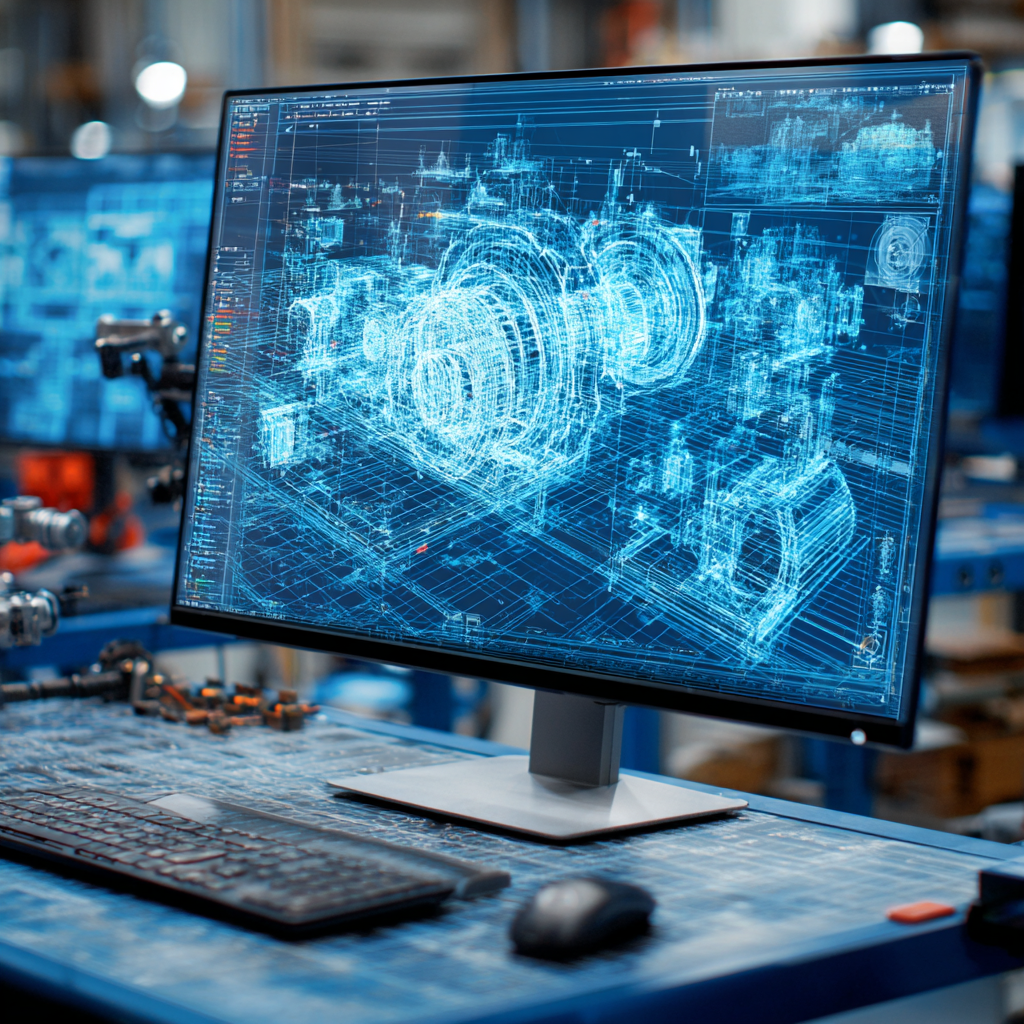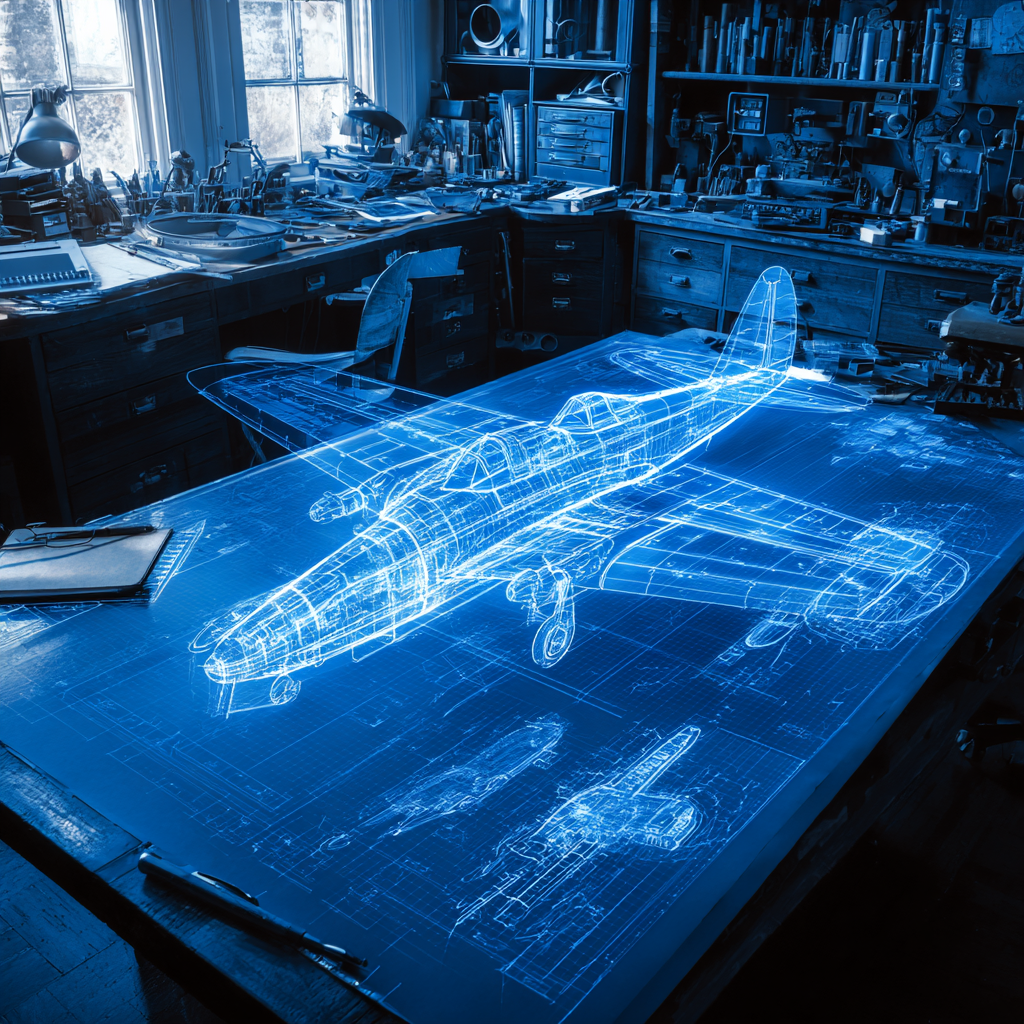Converting to Digital NDT is Similar to Converting from Paper to CAD

If you’re considering going digital Non-Destructive Testing (NDT), then you’ll be happy to know that Digital NDT can lower costs, improve quality, speed workflow and deliver results faster.
Digital images offer many advantages in terms of image manipulation and workflow. However, despite the many advantages of digital systems, many organizations that use NDT are reluctant to make the change. This post will discuss some of the reasons for that reluctance.

New developments in NDT digital technology have followed the developments in the medical industry, but it needs to be emphasized that NDT applications have completely different needs from healthcare organizations. That’s why we’re including this post on a CAD-related blog.
The conversion of NDT radiography films to digital NDT has much in common with the conversion of paper drawings to CAD.
Data Management
Like 3D CAD, the strength of digital radiography systems lies not only in the imaging possibilities but also in the management of data associated with a certain image. And while the types of data are different and the processes for including data are different, the basic concept for both 3D CAD and digital NDT has to do with information and image co-existing as part of one file.
With NDT files, data can be entered, manually or automatically, within the same record as the image. Workflow can be improved by coupling the data to an image at the time of exposure, by using a predefined worklist. This method has the added advantage of ensuring that the original image data is always preserved. This can be critical for NDT tests performed over a sequence of time to ensure stability in a structure.
DICONDE
Now, DICONDE (Digital Imaging and Communication in Nondestructive Evaluation) has emerged as the standard for digital NDT images. DICONDE relies very much on the DICOM standard, while it incorporates many structures, which are purely NDE- focused. ASTM released the first version of the DICONDE standard in 2004.
Essentially, DICONDE is a dictionary that describes all the necessary syntax, attributes, data elements and protocols to allow users to acquire, store, archive, transmit and receive image data in a way that is universally compatible. It is a system that allows images to be saved with its meta-data. All the technical information plus information on location, date, an inspector is saved with the image. Such information can then be included in any report generated, and since the metadata is stored with the image, it means that database searches can be carried out on a variety of criteria to search across modalities or points in time for the same asset.
Moreover, DICONDE images can be included on a disk with a standard DICONDE viewer, which allows them to be displayed on any standard PC, allowing for easy data sharing of not just the image but the image and all relevant post inspection information.
Film Digitizing
If you’re going to go digital with your NDT radiography, then you will need to address the handling of prior analog. Having never gone through the transition before, some facilities think they will only need to deal with analog film for a few months or don’t think it’s important to digitize prior films. However, while the need to access some types of prior films from an archive may decrease over time, other original films associated with long-life products or structures must be retained and used by the company for many years. The analog film also will continue to come in from outside sources who provide components and parts.
The bottom line is that many organizations who rely on NDT will need to deal with analog film far longer than they may think and certainly longer than a few months. In addition, comparing analog films on a light box with digital studies on a computer monitor is cumbersome and difficult for NDT technicians and lowers the standard of control. Our sister company, Xrayscan.com has an array of NDT film digitizers available for purchase.
Recent Posts


Tips for Picking the Perfect 3D CAD Viewer for Your Needs
This guide will teach you about 3D CAD viewers and outline considerations to make before picking the right one. We review 5 options and pick a clear winner.

In this guide, you’ll learn how CAD/CAM Services can save you time and money during each digitization project. Digitization can make manufacturing faster than ever before.

How to Build an Aircraft Model by Converting 3D-Scanned STL Files into Functional 3D STEP Files
This in-depth guide will teach engineers how to use 3D-scanned aircraft files and transform them into manufacturable 3D STEP files with fewer mistakes.
